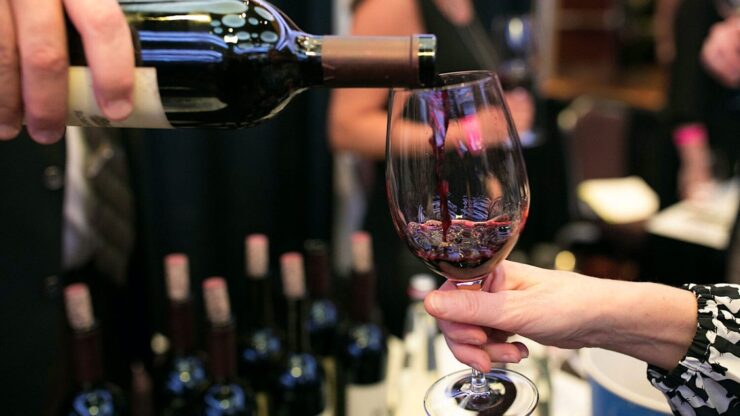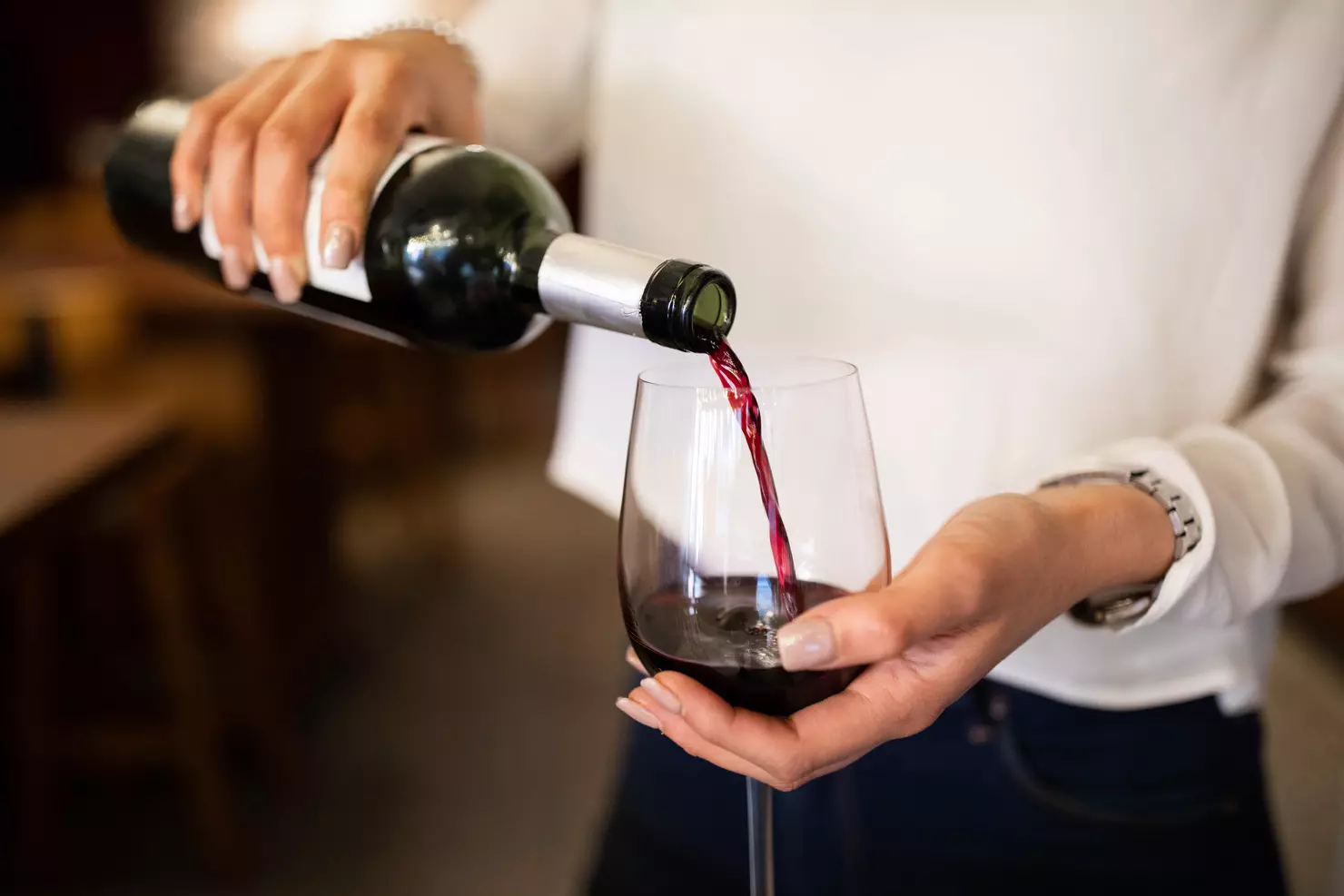Wine appreciation, an age-old tradition, presents as a mysterious art to many. The vast variety of wines available, with their nuanced flavors and aromas, can indeed bewilder both beginners and seasoned aficionados. Do not let this mystique daunt you, however.
With a little bit of guidance and some vital insights into wine tasting, you can cultivate your palate and become a discerning consumer of the beverage. This guide will elucidate how to choose an ideal wine for your palate, covering the principles of wine tasting, identification of personal preferences, and more. Once you learn what you need visit this site to see what Great Wines Direct has to offer.
The Basics of Tasting

Every wine selection journey commences with an understanding of the basics of wine tasting. You might have heard of ‘look, swirl, smell, and taste,’ the four-step mantra. Let’s delve into what these steps entail. First, observe it in your glass. Its color, clarity, and consistency can provide preliminary clues about its age and quality. A red, for instance, tends to lighten as it ages, while a white one might deepen in hue.
Swirl gently in your glass. This aerates the liquid, releasing its aromas, collectively known as the ‘nose’. Here’s where your olfactory senses come into play. Inhale deeply to discern the various scent notes. You may sense fruit, floral, or earthy tones, to name a few. Finally, it’s time to taste. Savor the wine on your palate, and try to distinguish between primary (fruit-forward), secondary (fermentation-related), and tertiary (maturation-derived) flavors. This exercise lays a foundation for your future wine explorations.
Identifying Your Preferences
Determining your preferences is a highly individual process, often influenced by your inherent taste profile. Typically, our palates respond to four main elements: sweetness, acidity, tannin, and alcohol content. Some might prefer a sweet Riesling over a drier Chardonnay, while others might lean toward the tartness of a Sauvignon Blanc. If you appreciate the bitterness in dark chocolate or black coffee, wines with a higher tannin content could be to your liking.
It’s essential to recognize that your palate is not static; it evolves. Hence, your initial preference for sweeter wines may shift towards an appreciation of more complex, tannic, or acidic varieties. Experimenting is key here. Try diverse types, regions, and vintages to truly understand your evolving preferences. Additionally, note how your preferences vary with temperature since a wine’s flavor profile can change dramatically from cold to room temperature.
Choosing Based on Body and Style
Now that you have a basic understanding of your preferences, you can explore wines based on their body and style. ‘Body’ refers to the overall feel in your mouth, usually associated with its alcohol content. Full-bodied wines, like a Cabernet Sauvignon or Chardonnay, have a rich and robust flavor, while lighter-bodied ones, such as Pinot Noir or Pinot Grigio, feel more delicate and refreshing.
Style pertains to the unique characteristics of the beverage. For instance, a wine can be dry, semi-dry, sweet, or fortified. The style can also refer to the oakiness, fruitiness, and other attributes imparted by the winemaking process. Understanding these dimensions will help you navigate through the plethora of choices and find a wine that truly resonates with your taste preferences.
Decoding Labels
As you peruse the aisles, wine labels can often seem like cryptic codes. Don’t fret, as with some basic understanding, you can turn these labels into your trusty guide. Start by familiarizing yourself with terms such as producer, region, varietal, vintage, and alcohol by volume (ABV). A label might also include specific terminology, such as “reserve,” which indicates higher quality in some regions, or “estate bottled,” signifying that the winery has control over the entire process from vine to bottle.
Don’t let the label alone dictate your choice. The prettiest label might not guarantee the finest, and a simple, minimalistic label could be hiding a gem. As you explore more and engage with the wine community, you’ll gain a deeper understanding of reputable producers, distinctive varietals, and acclaimed vintages. These insights will aid you in selecting one that not only matches your palate but also offers the best value for your money.
Pairing with Food

Pairing with food is an art and a science. Traditionally, the rule of thumb has been to pair whites with lighter dishes like fish and chicken, and red wines with heavier meals like beef or lamb. However, it’s more accurate (and fun!) to consider the characteristics of both the food and the wine. A heavy, creamy sauce might necessitate a crisp, acidic white to cut through the richness, while a spicy dish might pair better with a sweet, low-alcohol variety to temper the heat.
The best pairing is the one you enjoy most. So feel free to break the ‘rules’ if you find a combination that appeals to your palate. Experimenting with different pairings can also be a fun social activity, allowing you and your friends to discover new favorites.
Considering Occasions and Budget
The context in which you’ll be consuming it is equally crucial. A casual weekday dinner might warrant a decent, budget-friendly bottle, while a special occasion could justify a splurge on a higher-end vintage. In any case, remember that price doesn’t always correlate with quality. Many affordable wines offer exceptional value and can be just as enjoyable as their pricier counterparts.
As for the budget, it’s helpful to establish a range that you’re comfortable with. This will streamline your selection process and prevent any unnecessary splurges. There’s no need to break the bank to enjoy good wine. With a little research and exploration, you can find a wide variety of fantastic options within your price range.
Final Words

Embrace your journey into the world of the nectar of the gods as an adventure of discovery. It is a fascinating world teeming with diverse flavors, styles, and traditions. Each bottle you uncork not only offers a new taste experience but also shares a story of the land, climate, and people who made it. Understanding how to select the right wine for your palate is a gradual process, one that evolves with each sip you take. So, pour yourself a glass, sit back, and savor the journey. The best one for you is not necessarily the one with the highest price or the most prestigious label, but the one that brings you joy and enhances your moments of celebration, relaxation, or simple daily pleasure.

